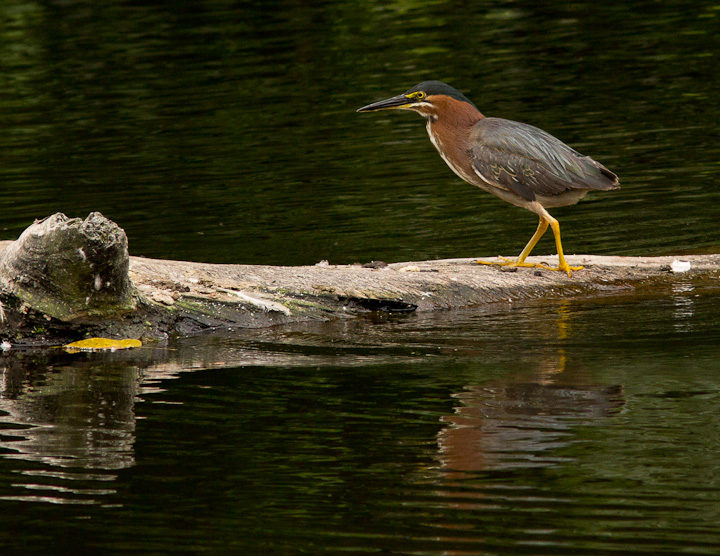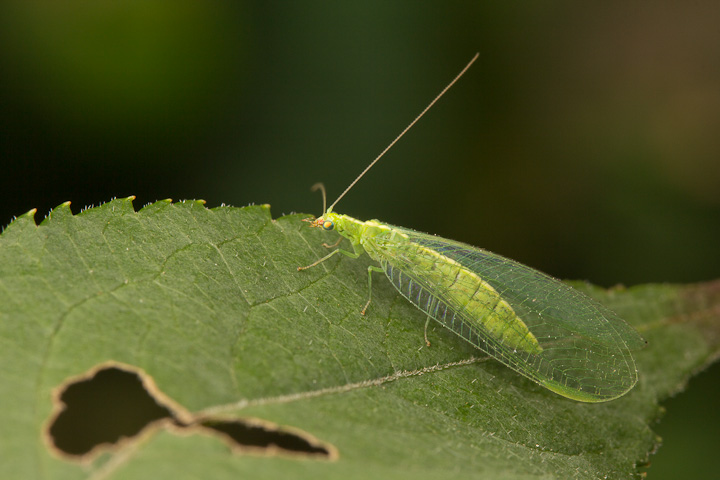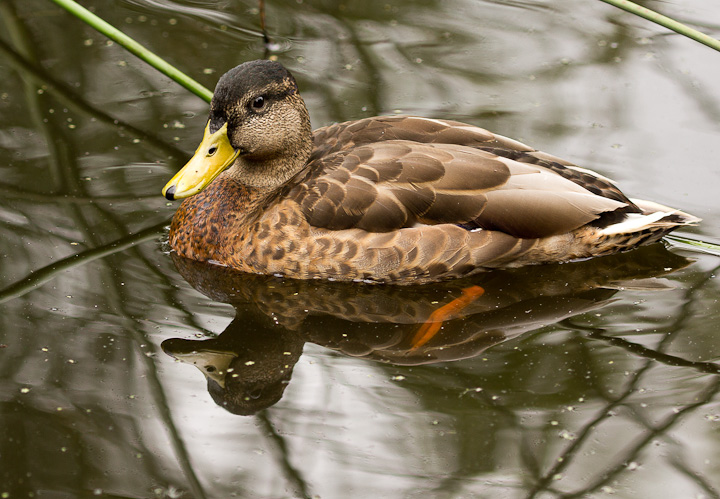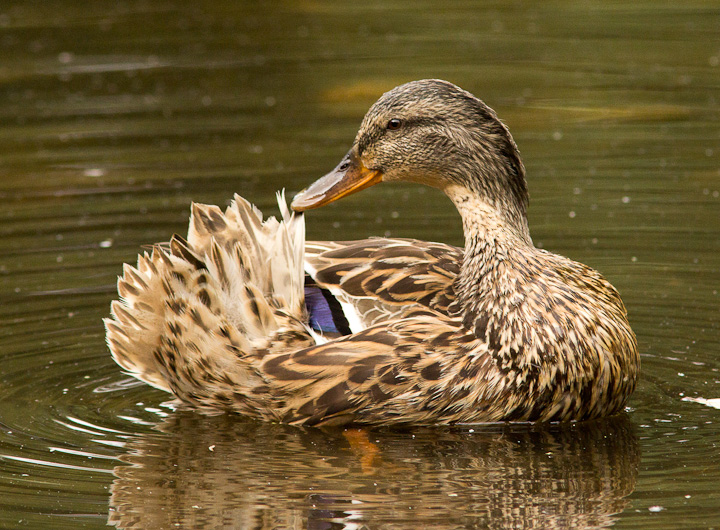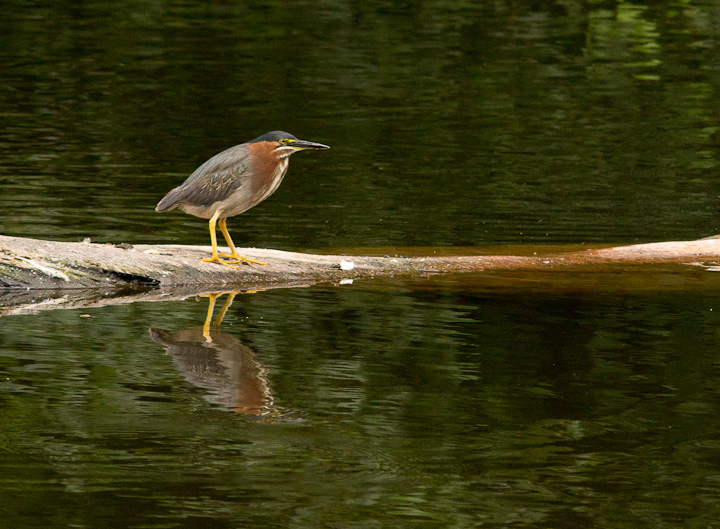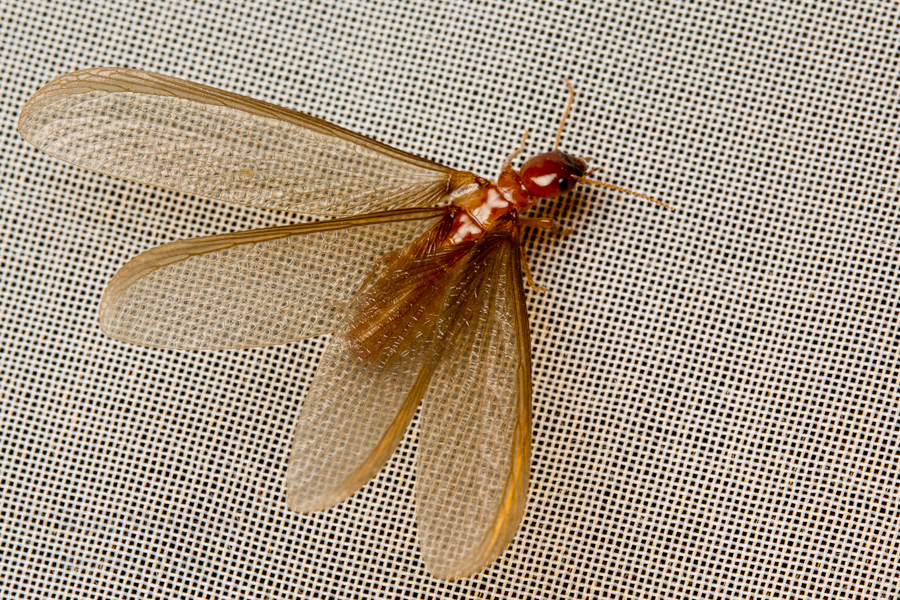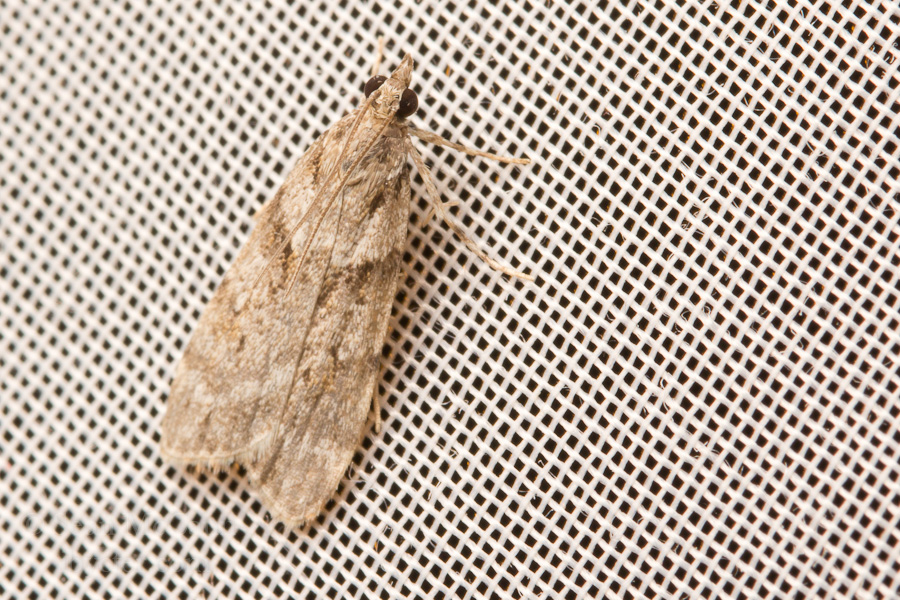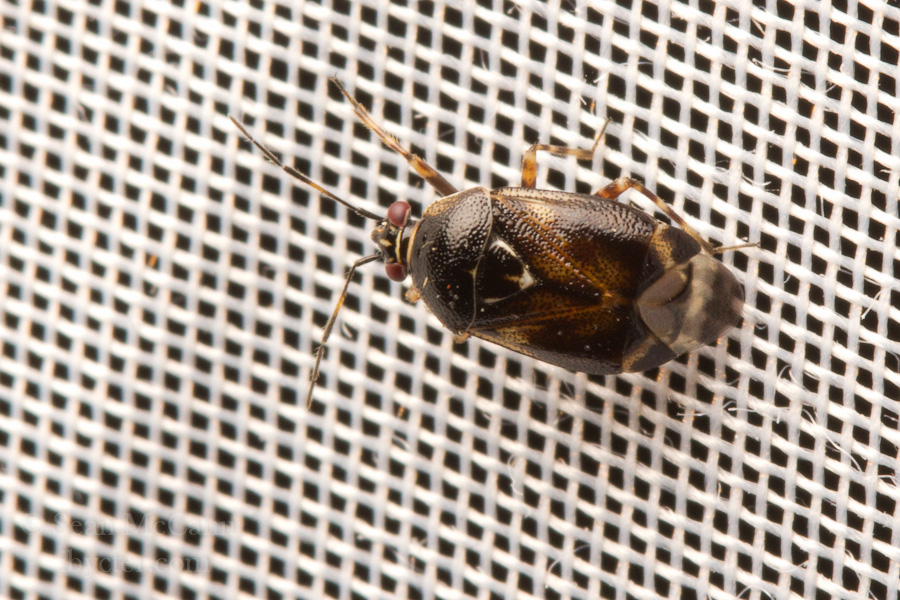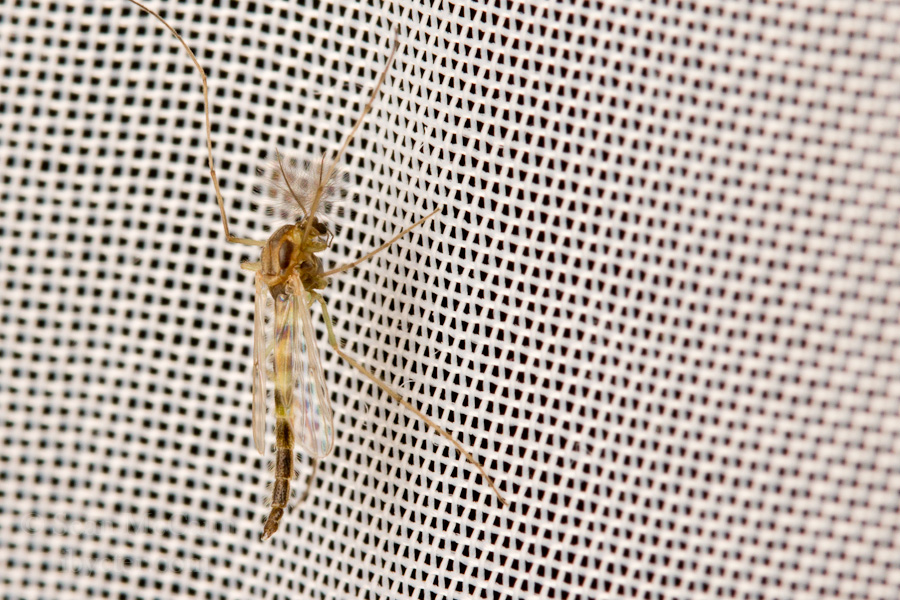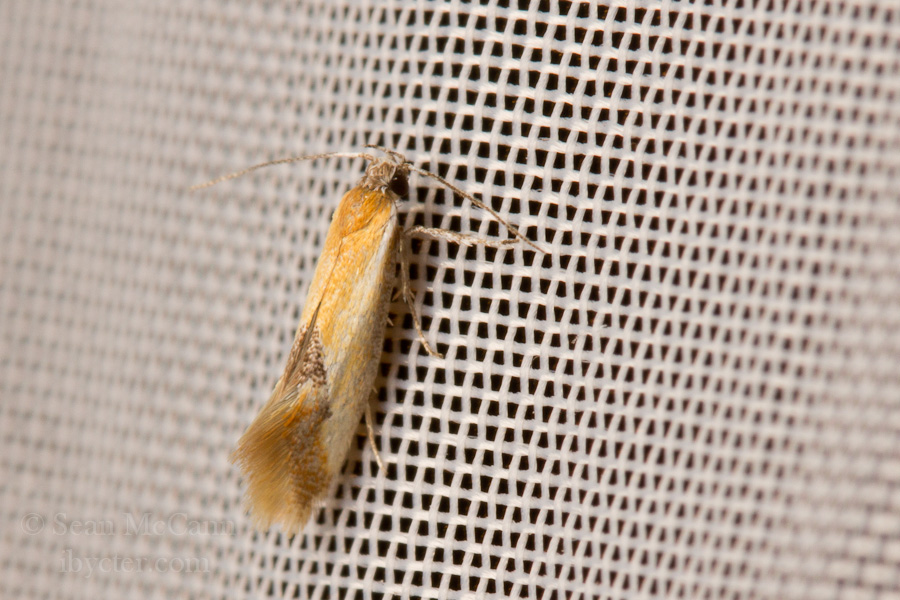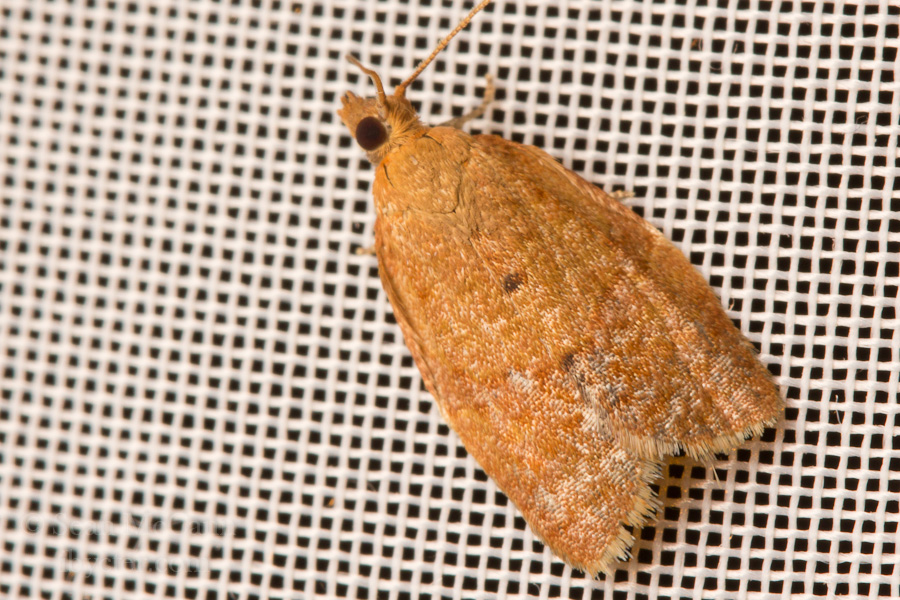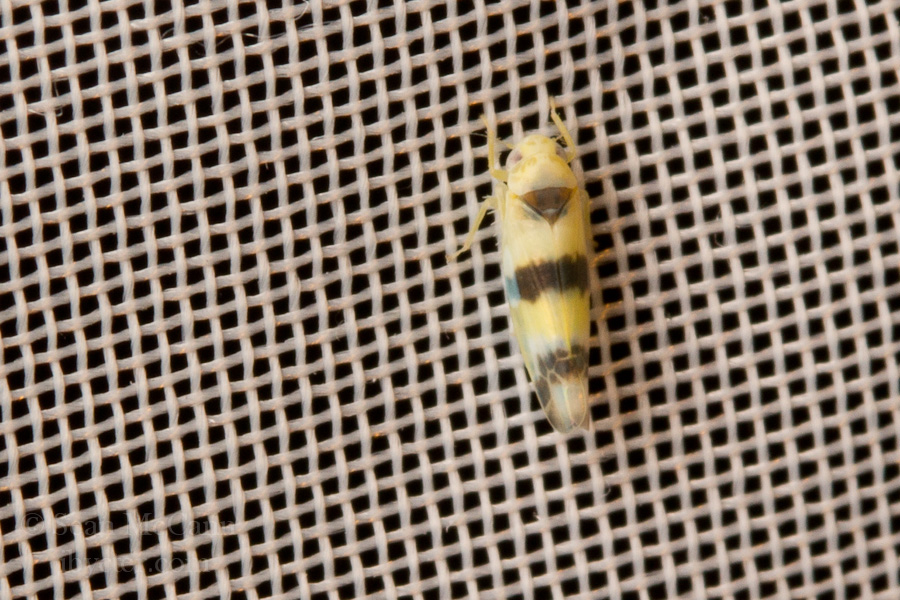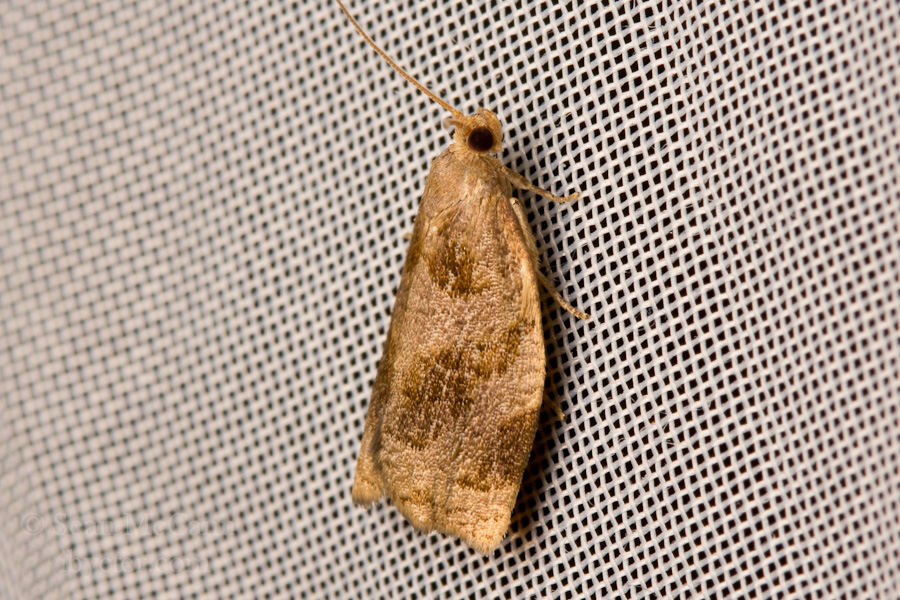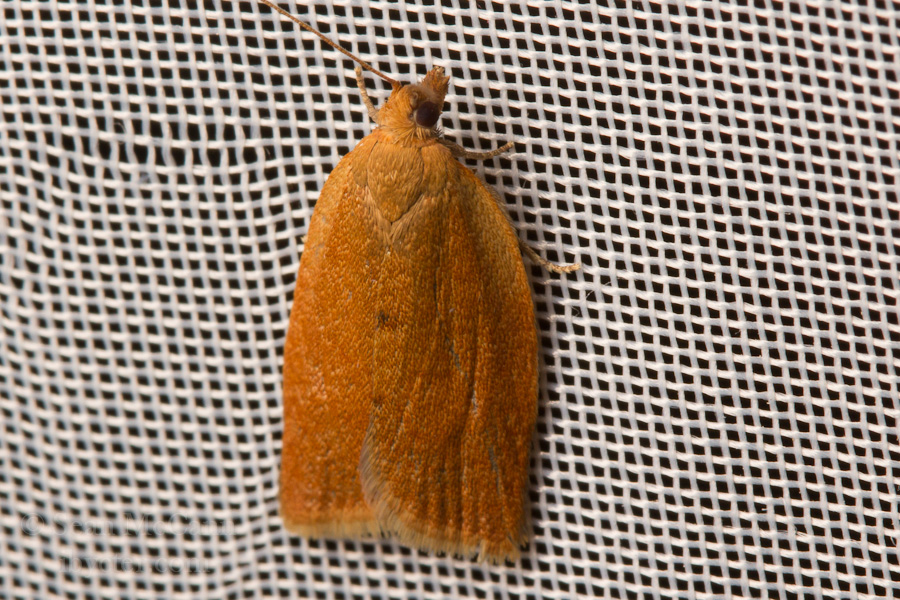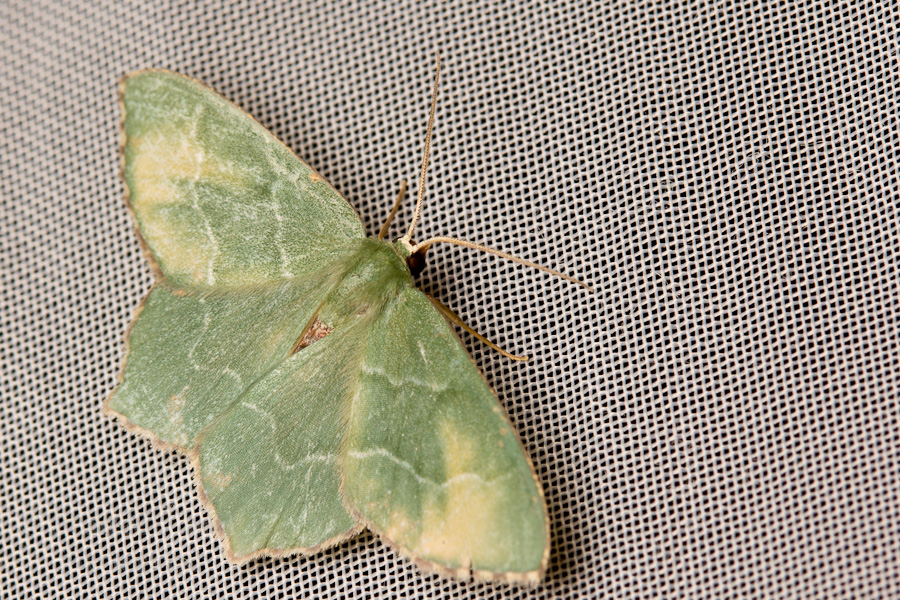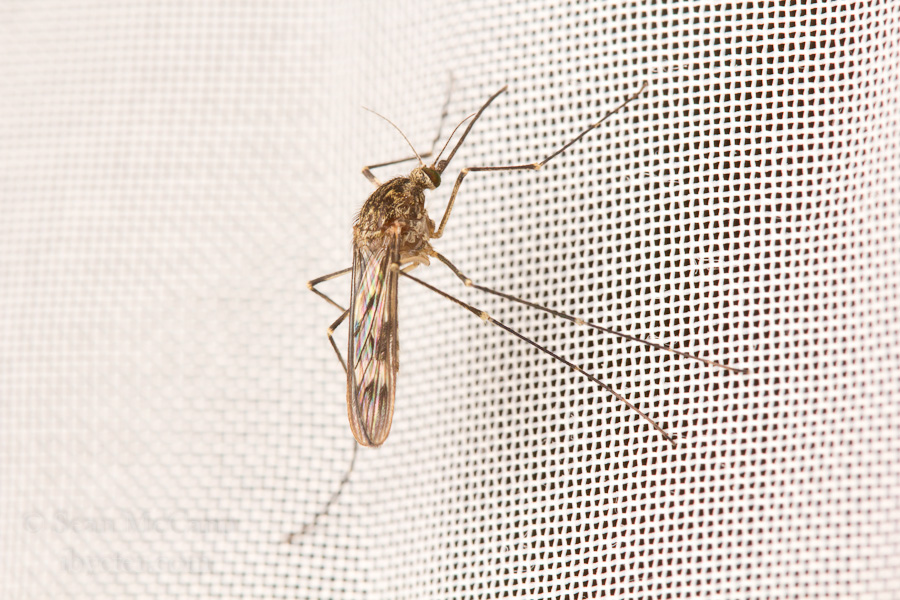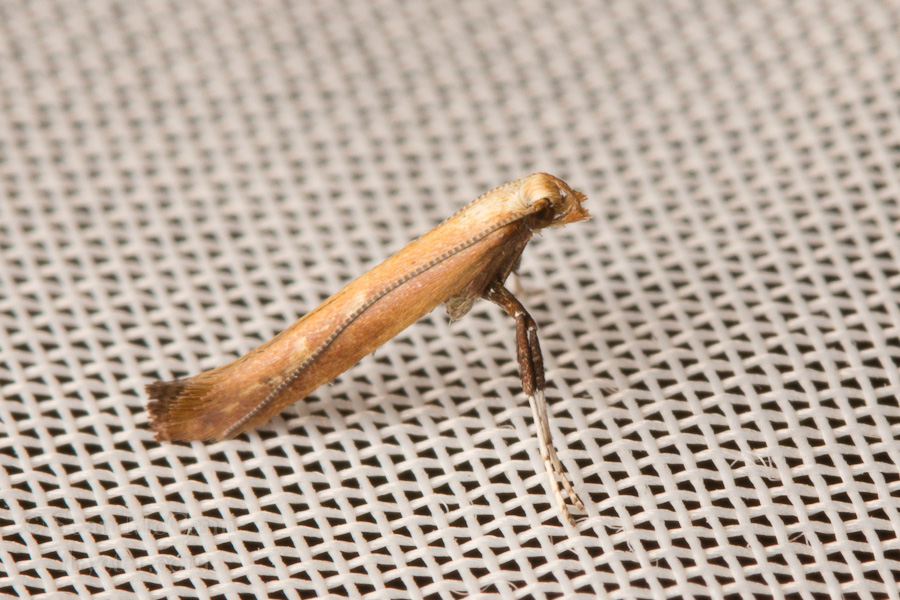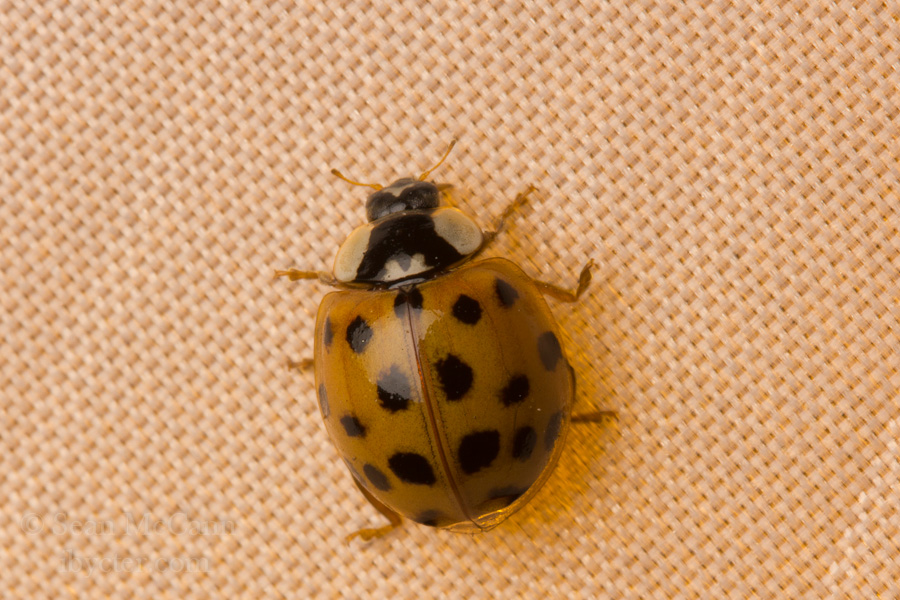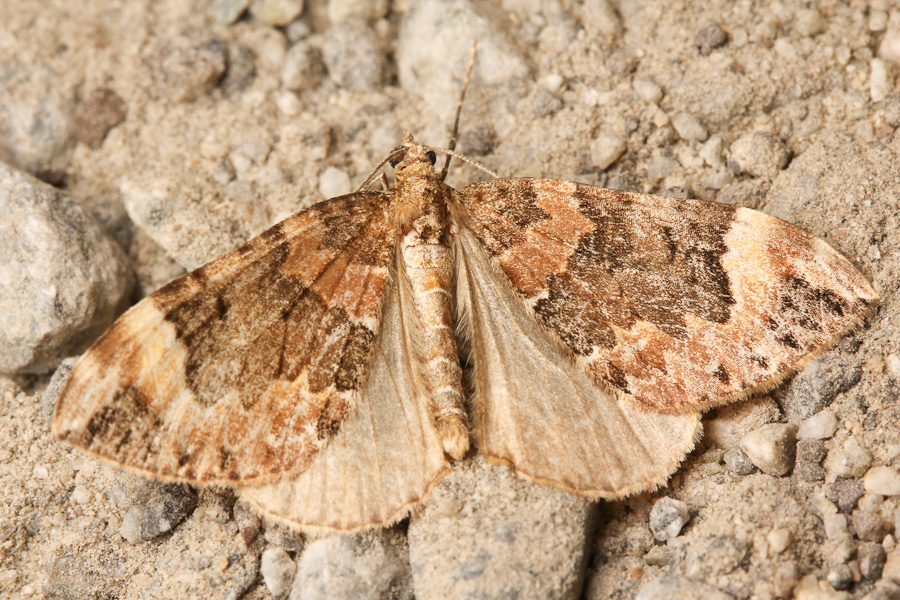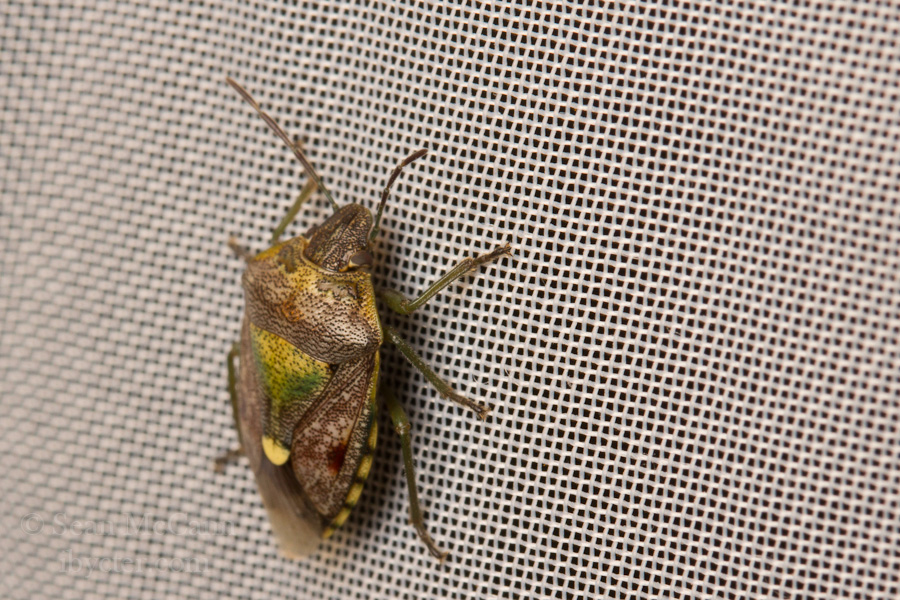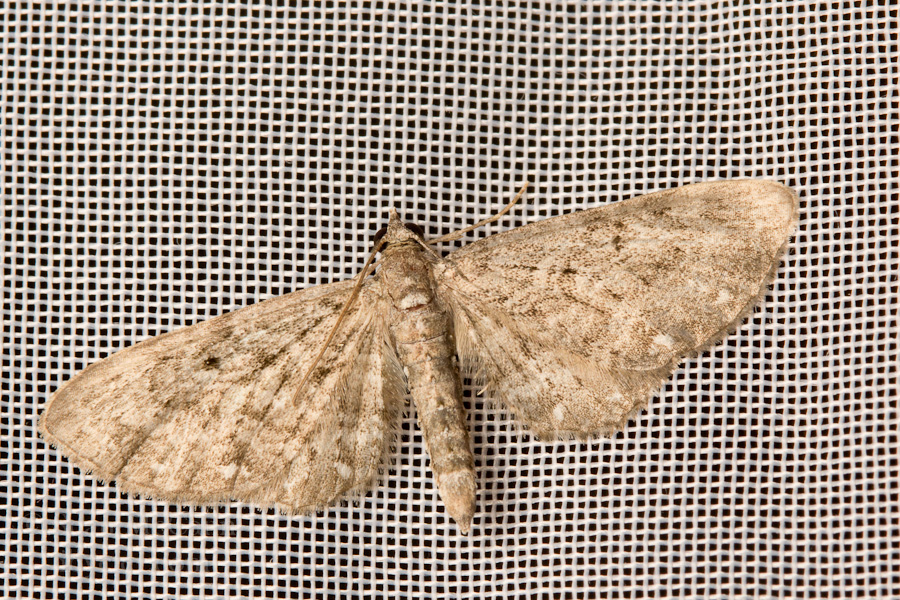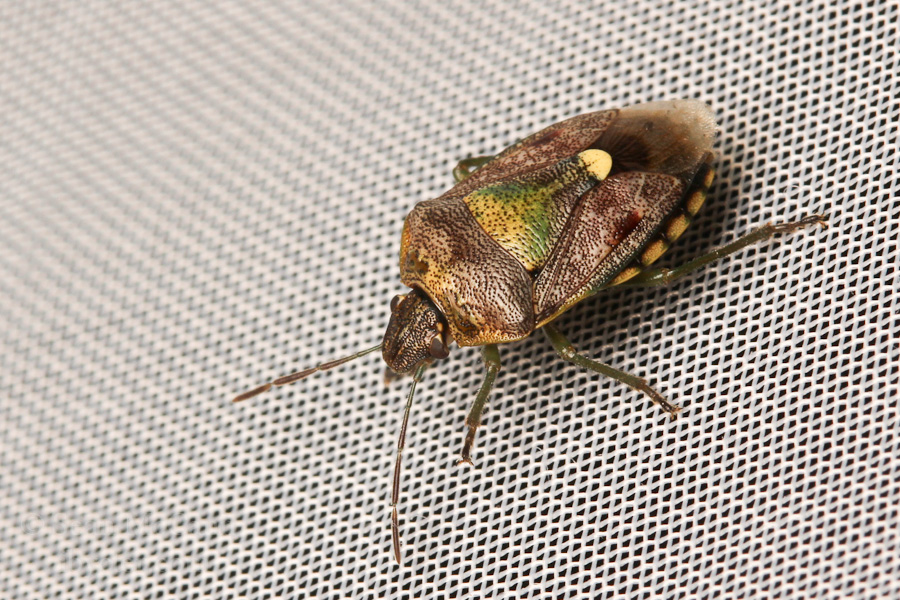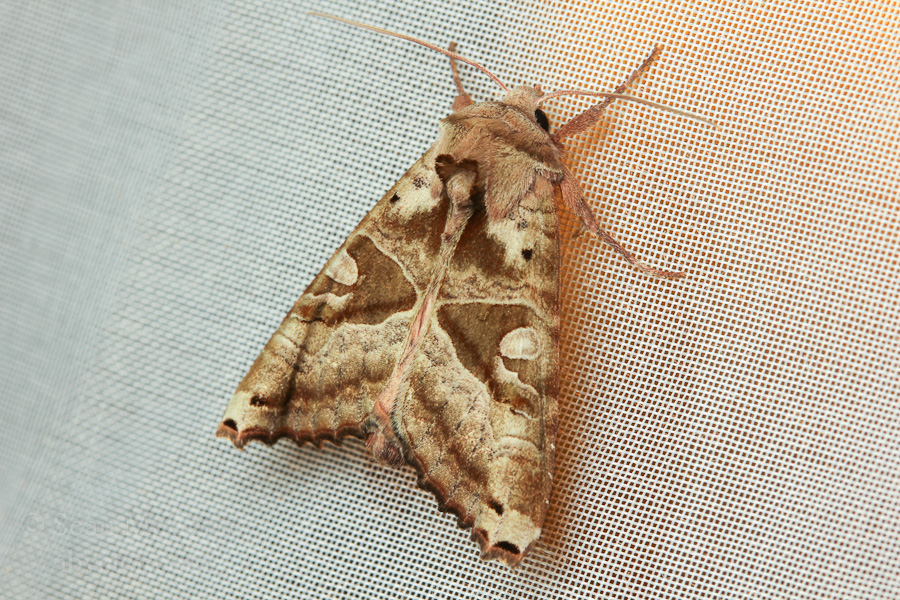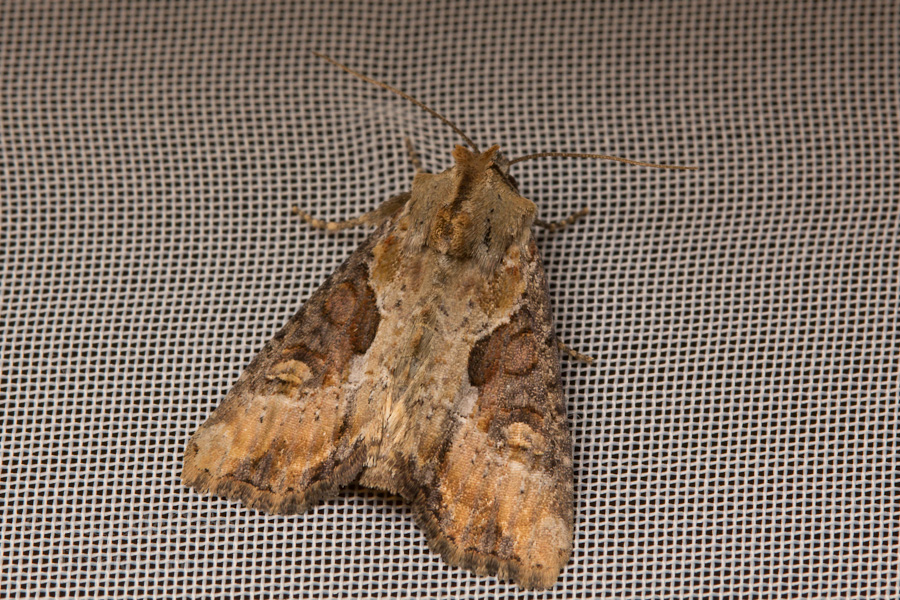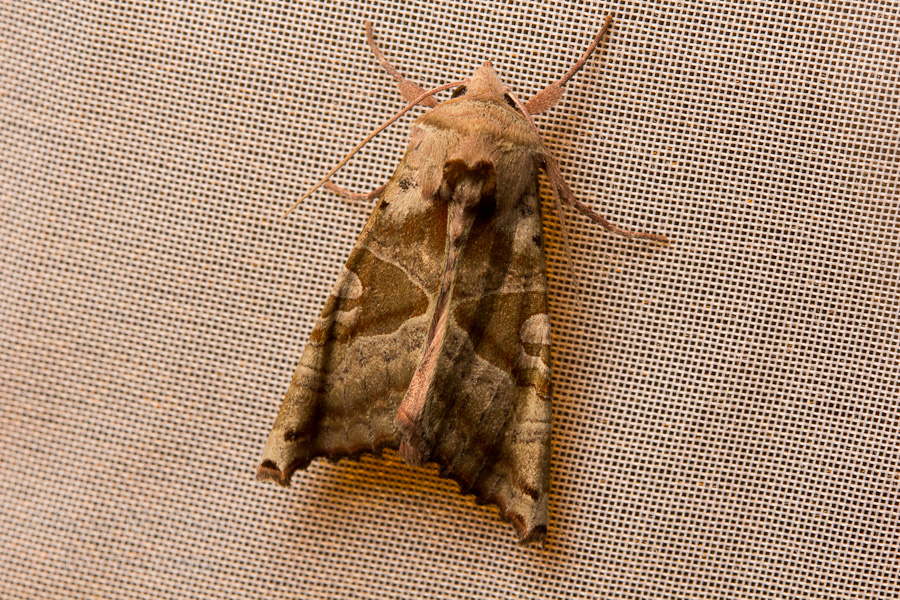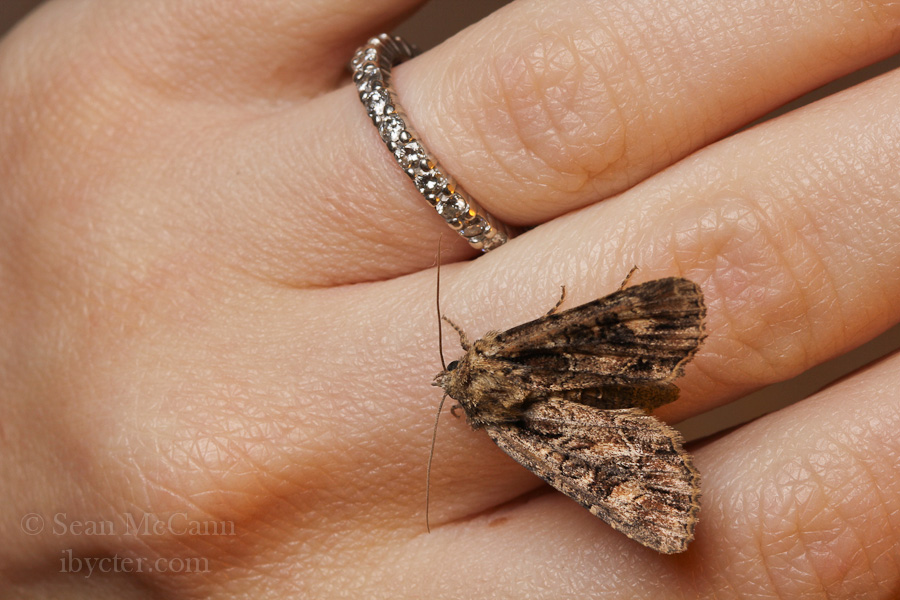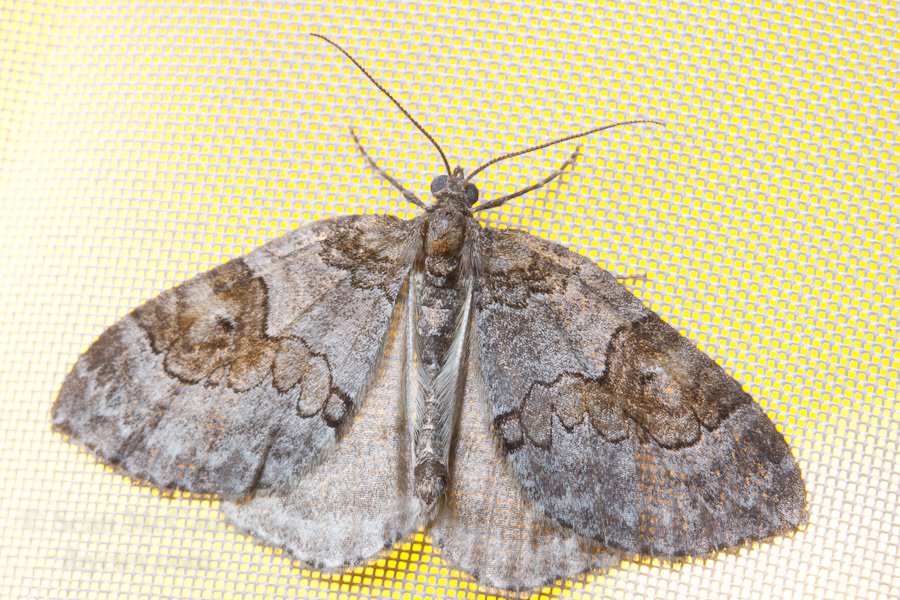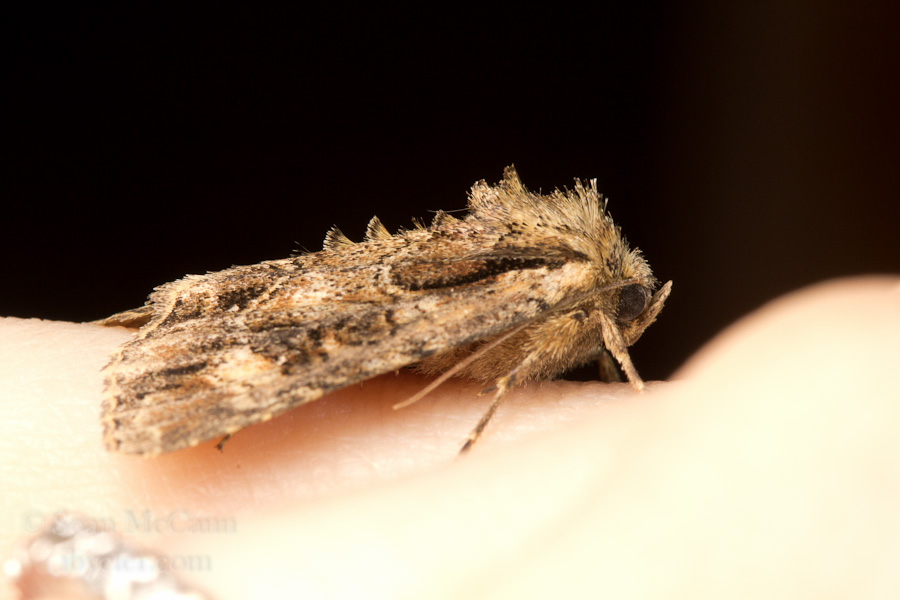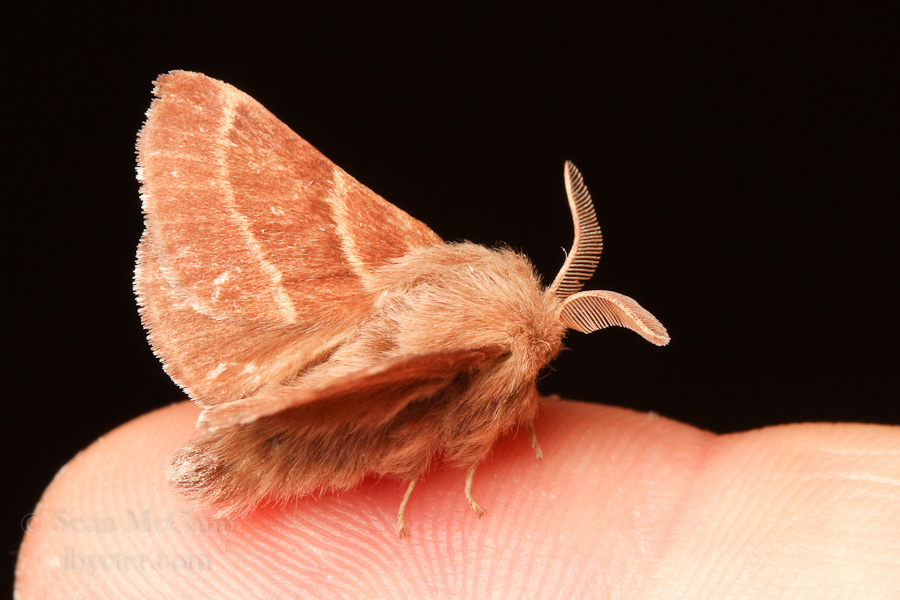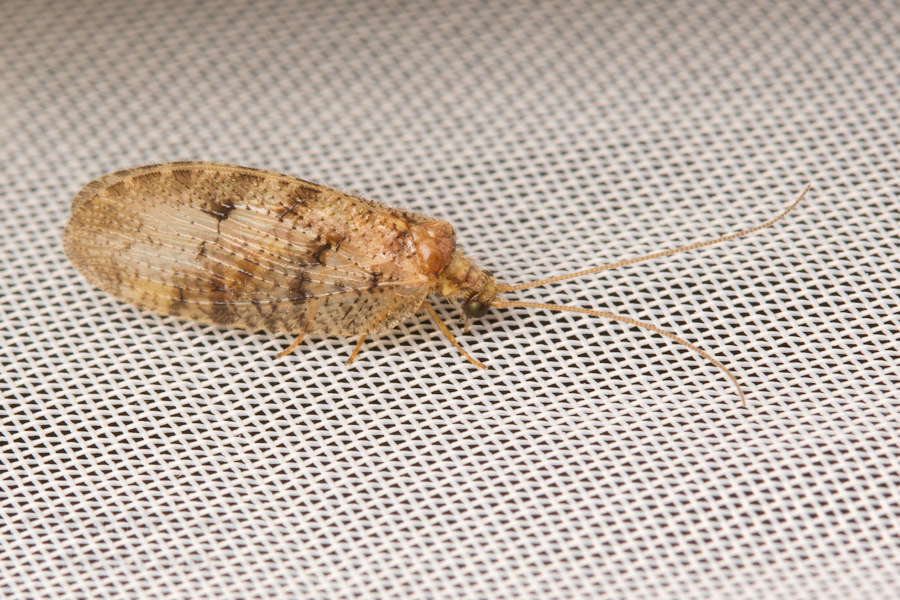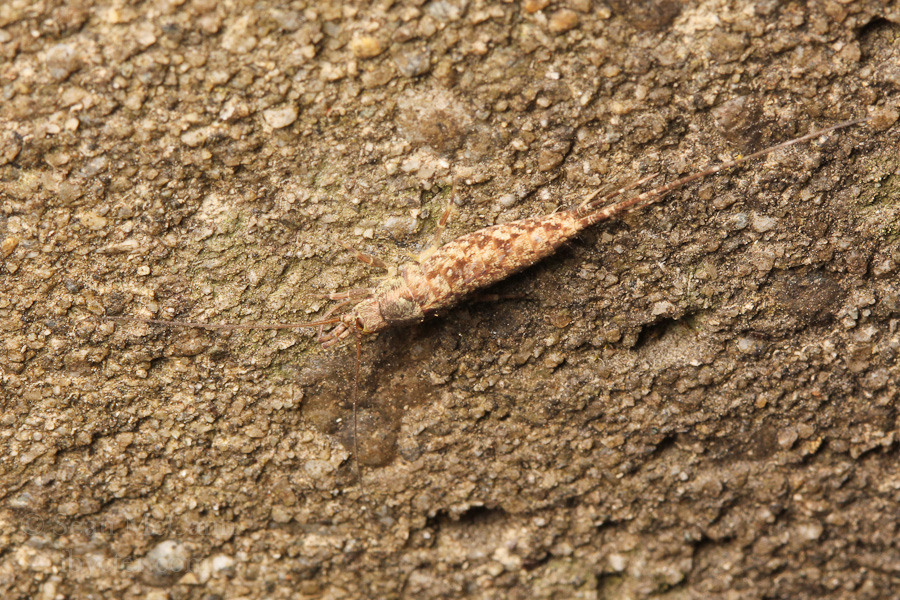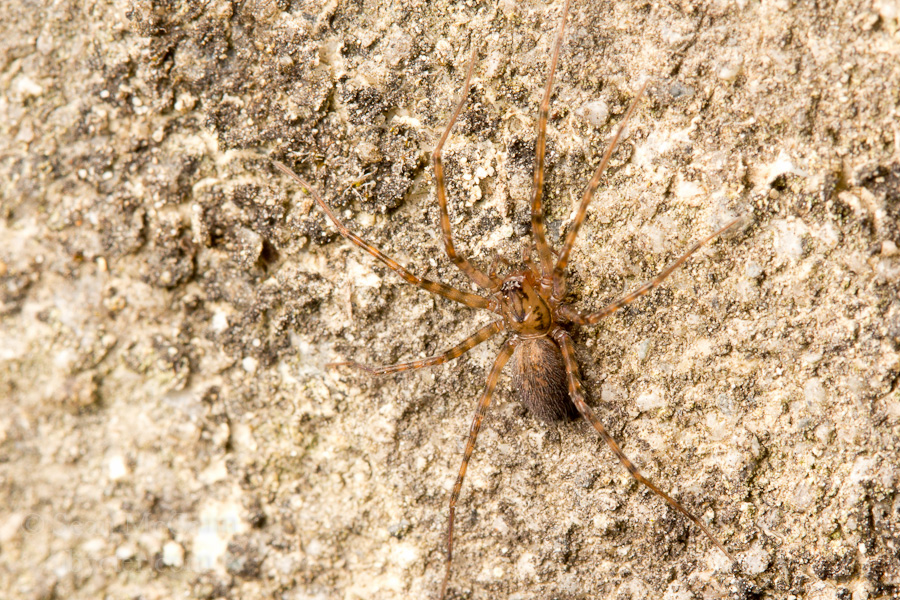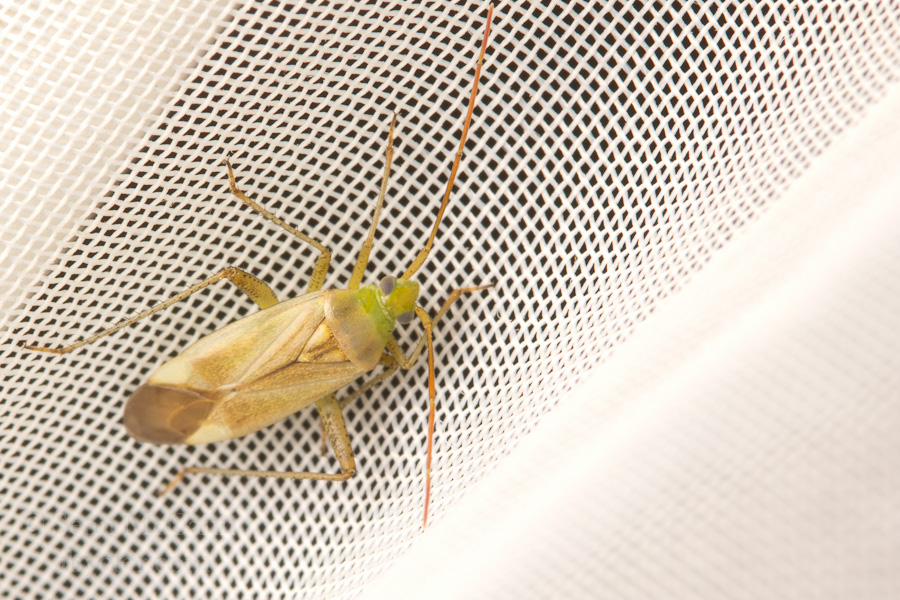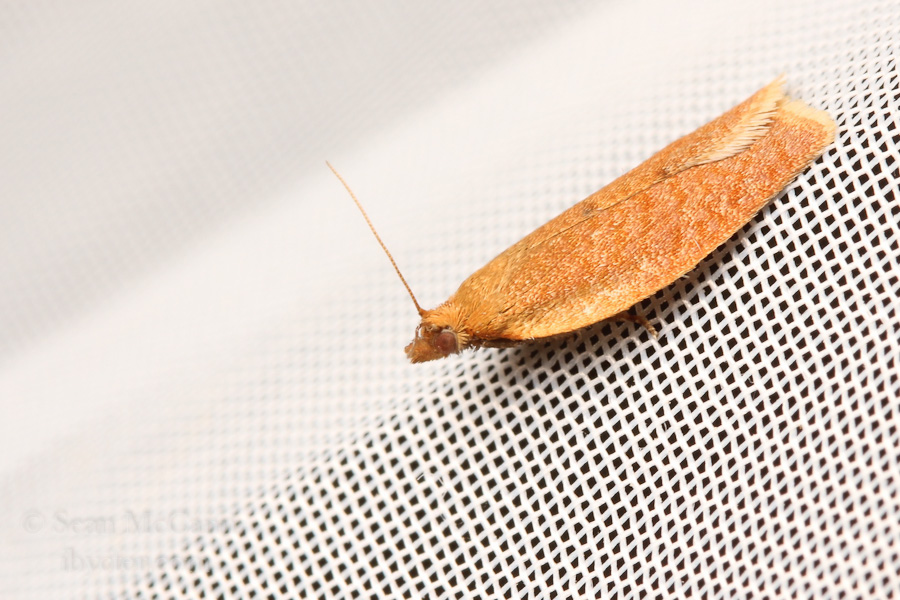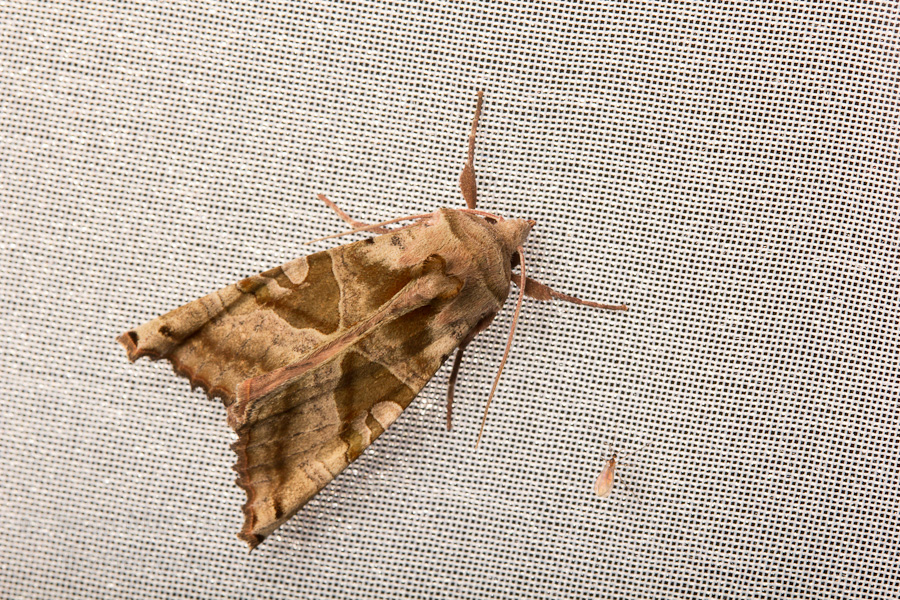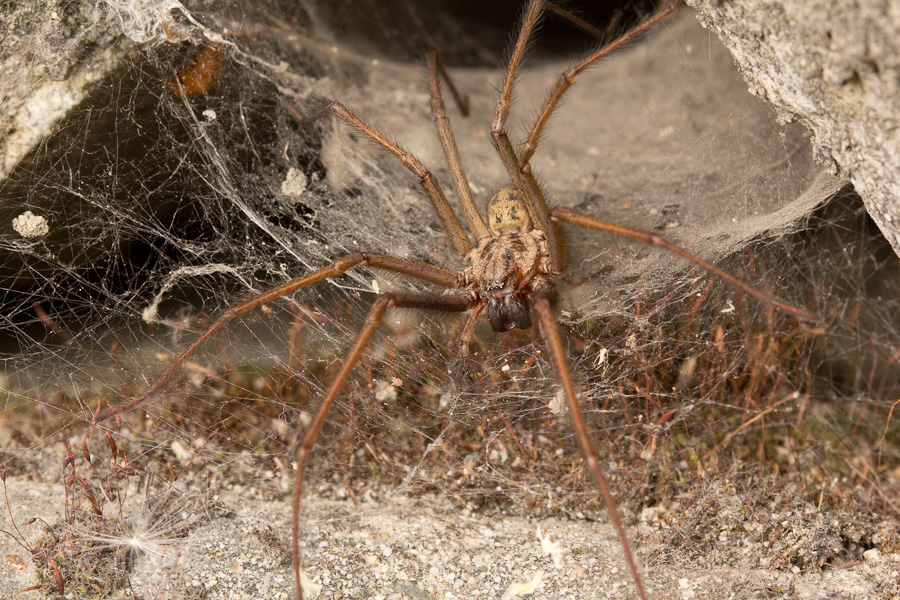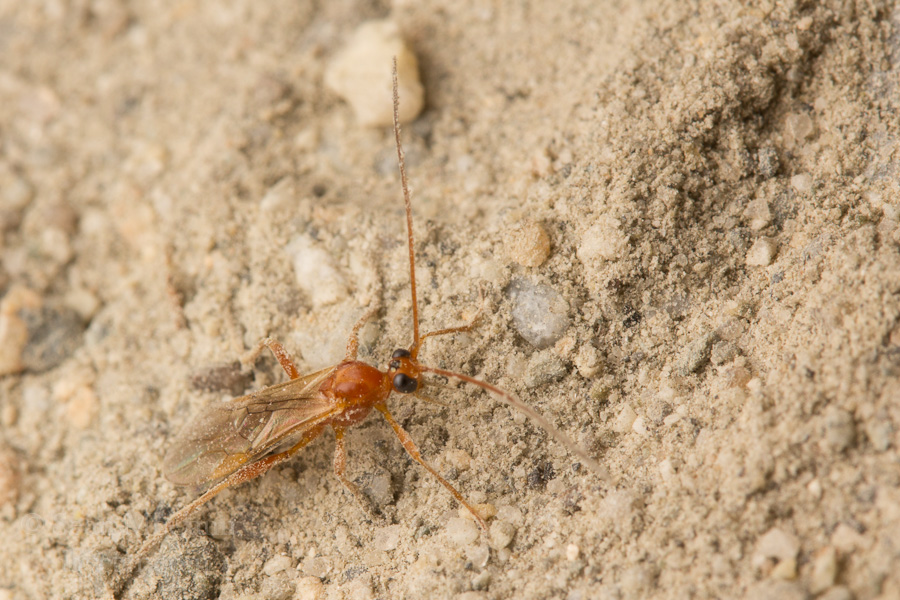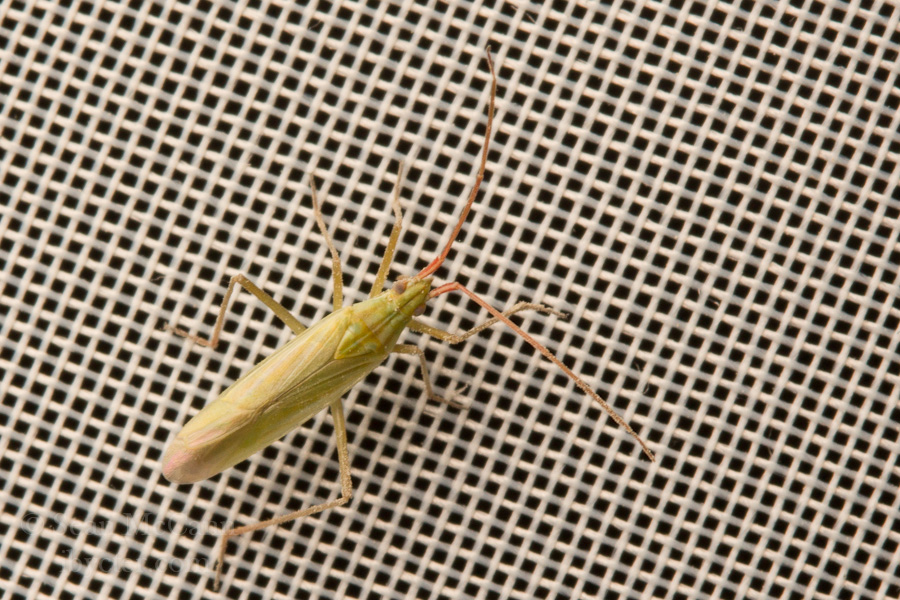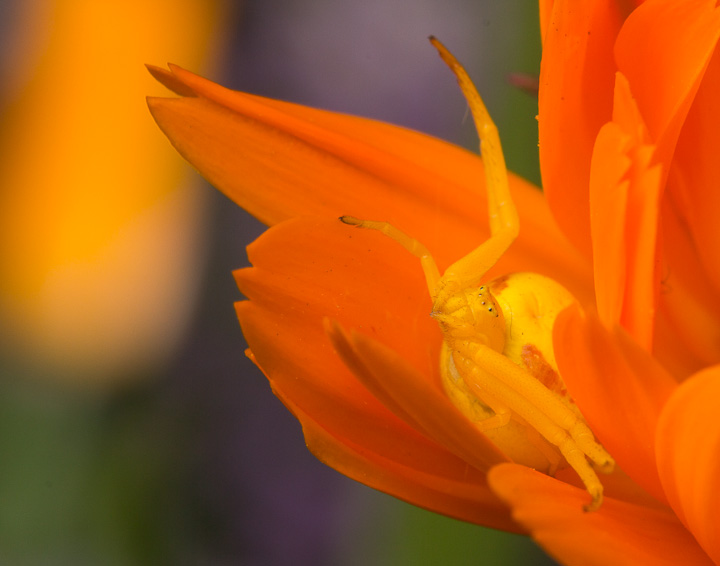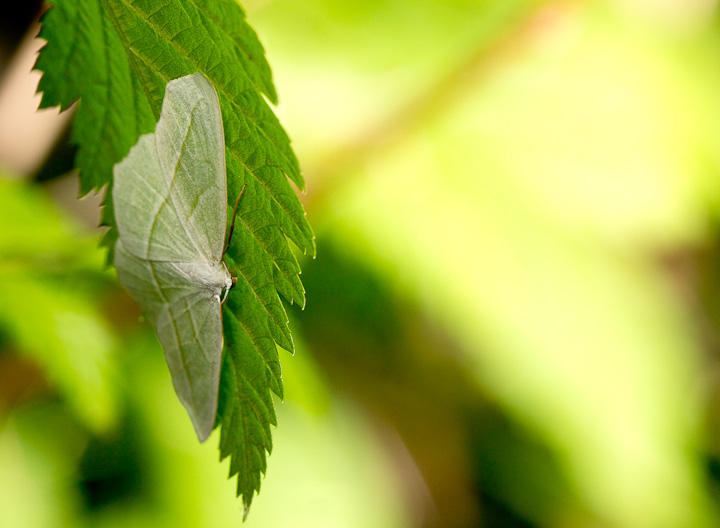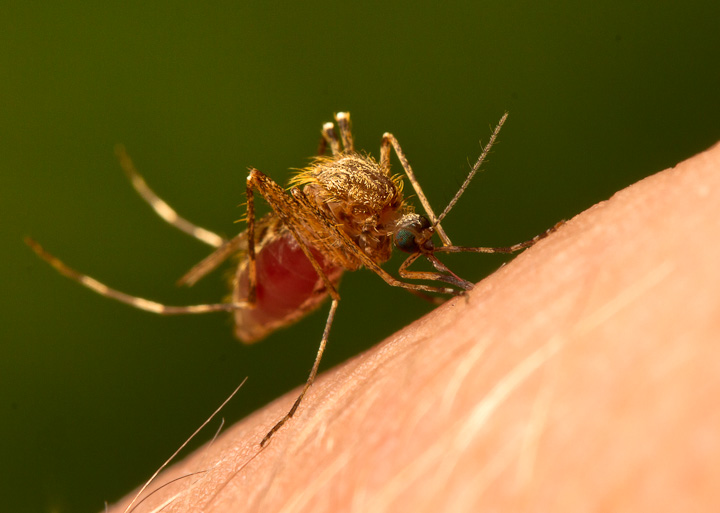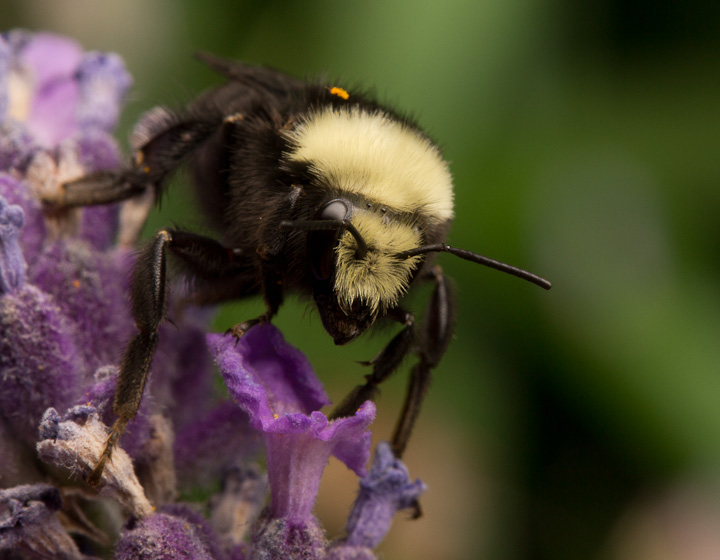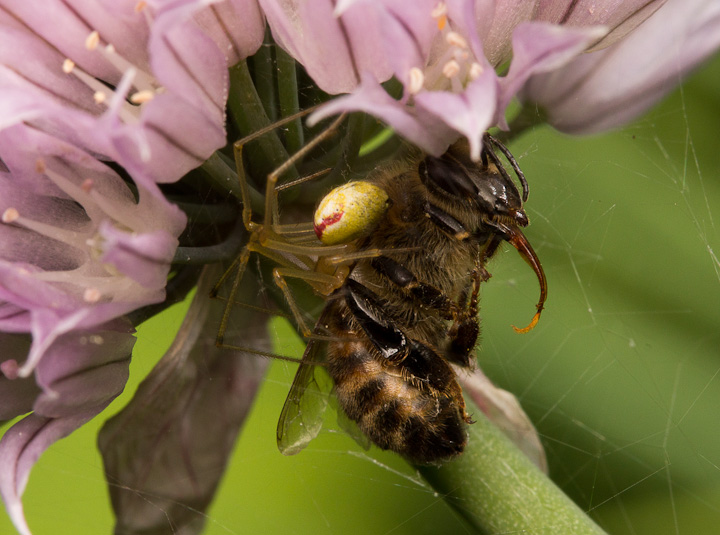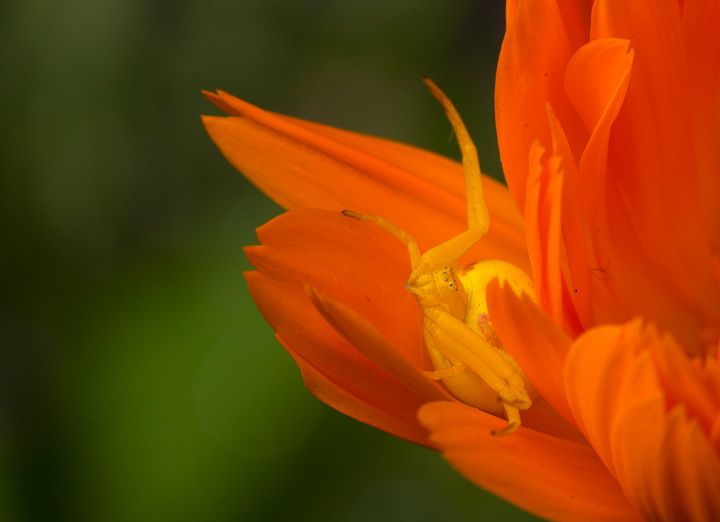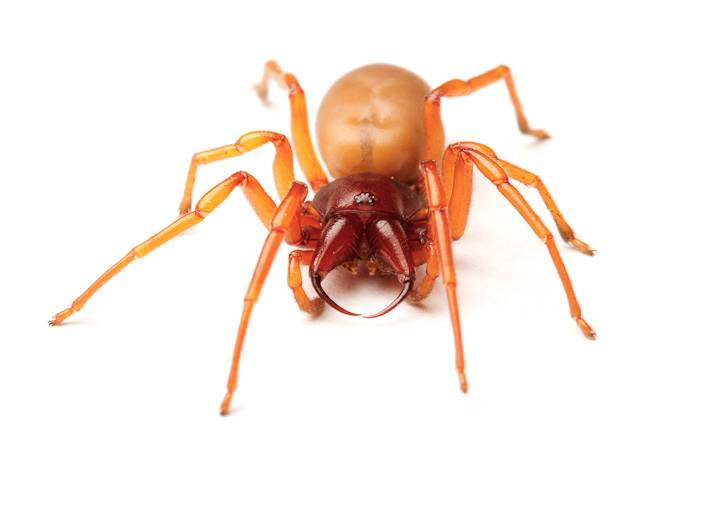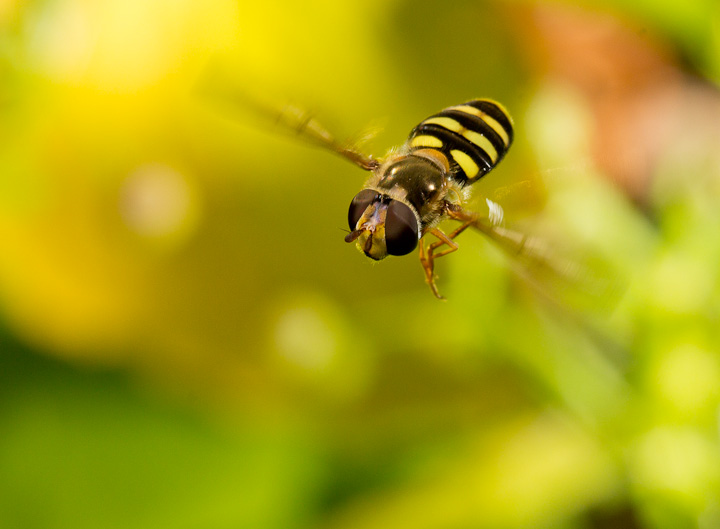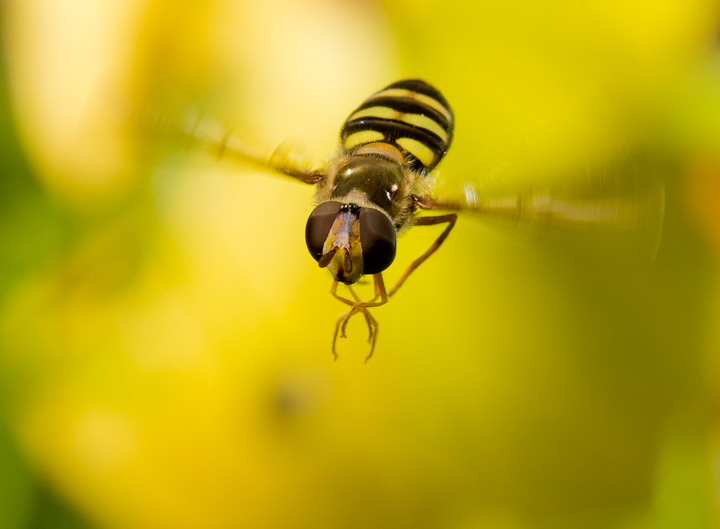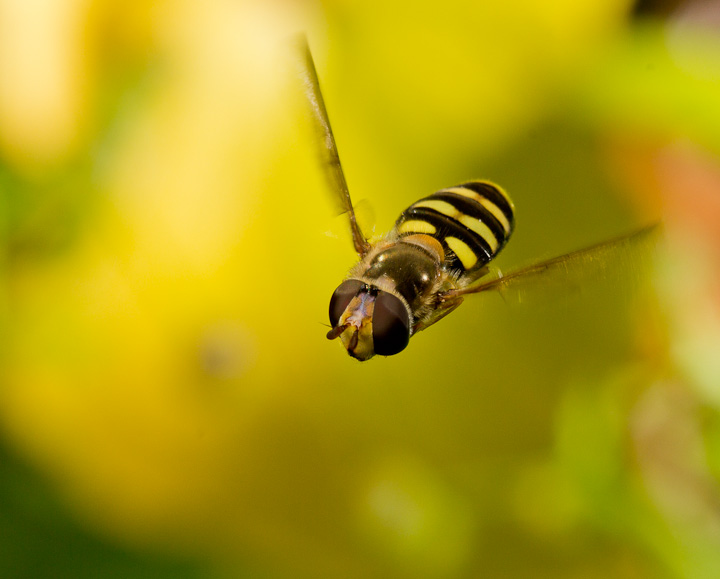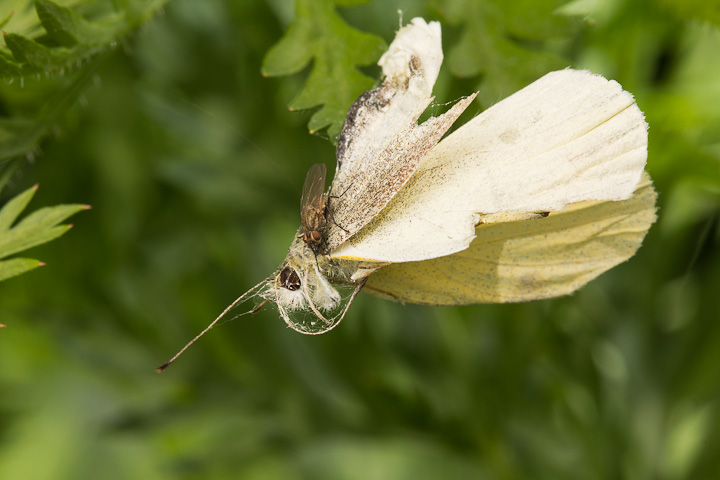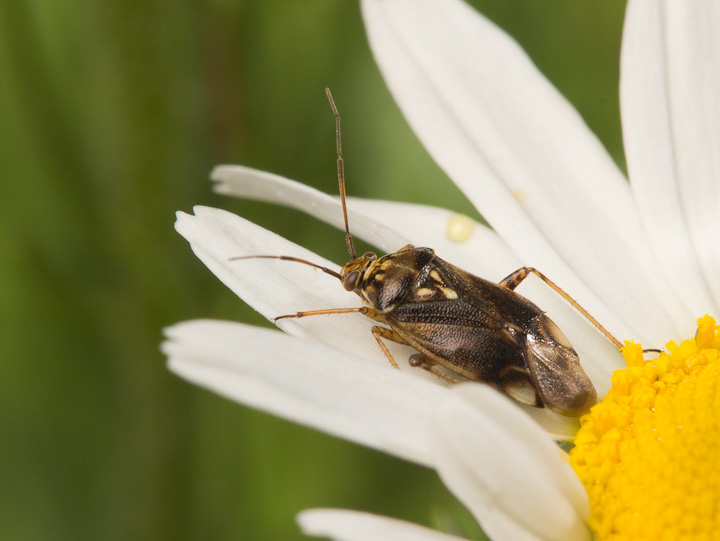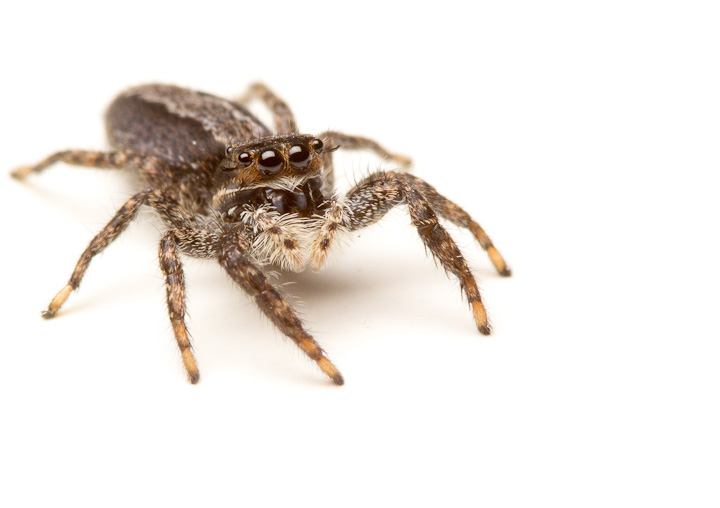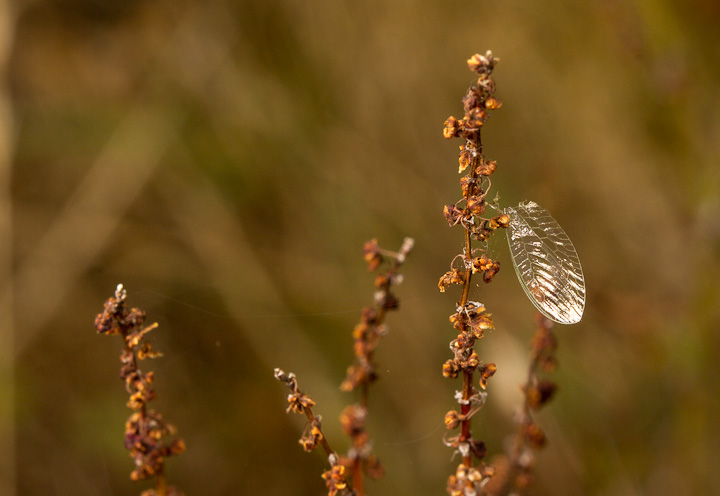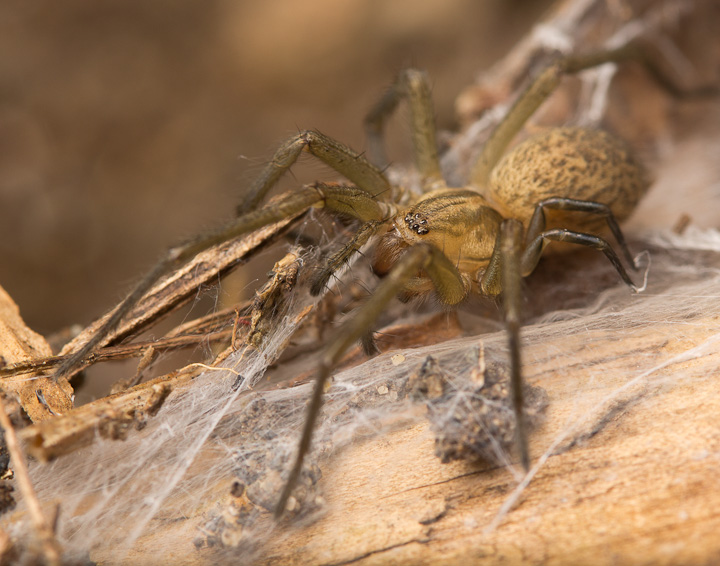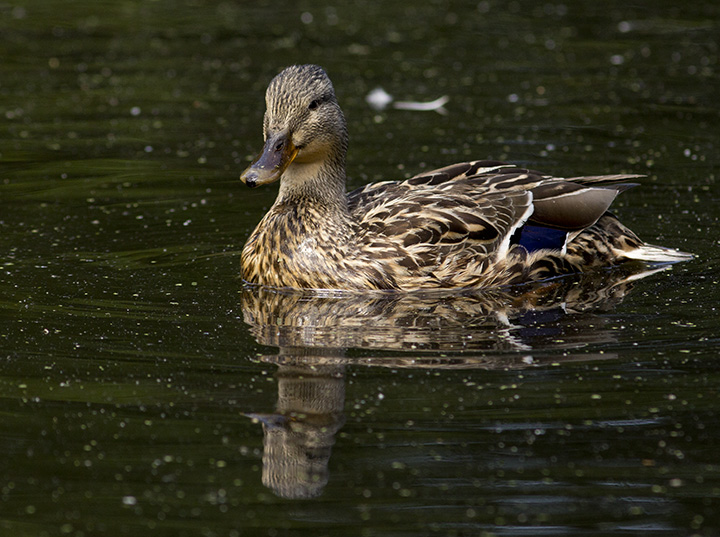
Sofi and an adult male Barn Owl from several years ago.
Last night, my dad and I went out with my friend Sofi Hindmarch to do some work with Barn Owls (Tyto alba) out in Ladner. I have known Sofi since she was in her masters program, and have been helping her catch and track owls for some years now.
The first task for the evening was to band some chicks in nest boxes Sofi has been monitoring. We checked four nest boxes and saw several owls at the sites, but only one of them had any young inside. This old box in a barn had three chicks.

Sofi carefully removes the chicks from the box.


This owl thinks this is the worst thing ever.

This little guy was pretty calm, but the older chick was snapping and hissing.

My dad watches the proceedings.
After we checked all the boxes, we headed out to try to catch an adult owl. Sofi is continuing her studies on the potential for rodenticide poisoning of Barn Owls in areas where toxic baits are used. Because birds are susceptible to these poisons, and because the threatened owls are such voracious rodent predators, they may be at risk of poisoning. To assess the potential for this type of poisoning, Sofi needs to tag owls with radio tags and do many hours of telemetry to determine where the owls are foraging. In order to do this, we need to catch the owls and fit them with the radio transmitters.
The traps we use are called Bal-chatri traps, and are basically just a wire cage covered in monofilament nooses. Each of the traps has 1 or 2 mice inside, and they are secured by an elastic cord (to lessen shock) to a weight.
At our first site, near Tsawwassen, a Great Horned owl arrived within seconds of our setup, which forced us to pack up and move to another location. These large owls are able to kill the smaller Barn Owl, so it is not advisable to have them near the trapping operation.
Our second site was free of larger species, and after 20 minutes our so a Barn Owl came in to investigate. The owl perched on the ladder secured to the truck for a while, and made several passes over one of the traps. The owl finally pounced on one trap, and from experience, we knew to let it hang out a while. Often they are not caught, but just feel around for a few moments to try to get mouse. If you rush out too early, the owl will get away.
Sure enough, the owl was not caught, and went over and perched on a sign to think things over. After a short time, it was flying again, and dropped decisively on the trap. We waited again, and the owl flew up and then turned immediately and was back on the trap. Sofi did not think it was caught, but the way it pivoted during its little hop told me it had been snagged, so I rushed out to grab it. It was caught, and the owl turned just as I was on it and tried to swipe my face with its talons. After I had it in hand, it calmed right down, and more so when we hooded it with a cotton bag.
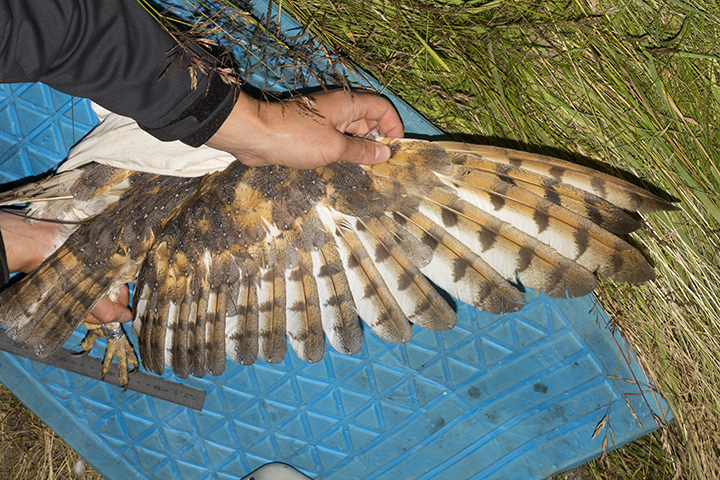
This was an large older female owl, and had the molt to show it.
After measuring and weighing the bird, we put the transmitter on and examined it for fit.

Here is the transmitter in place on the back.

Wow! My very own owl shot! Photo by Sofi Hindmarch.

A gorgeous bird.
The most important part of the evening is shown below, the successful release of the owl, unharmed. I may not be much of a all night partier, but if it is an owl party, count me in!
This slideshow requires JavaScript.
